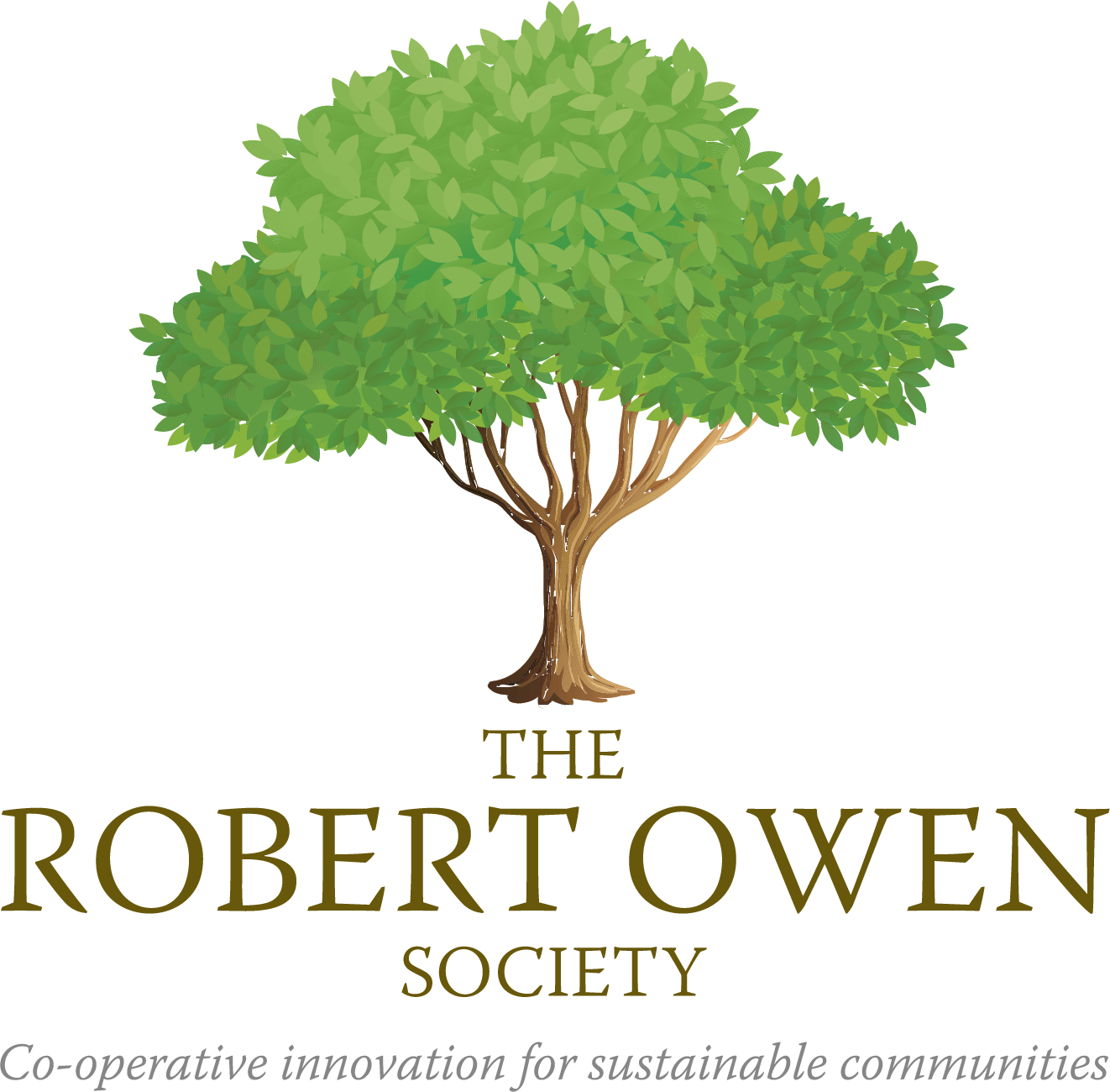
The first time I heard the term “social enterprise” was in a college seminar. Case study after case study, we examined successful social entrepreneurs who were making a scalable difference in the lives of others. Their impact was made possible thanks to social enterprise’s emphasis on financial sustainability, unlike non profits I’d seen fail without enough funding.
Within a few weeks, I was aching to make social entrepreneurship my career, combining my passion for social impact and entrepreneurship. I came to love the field so much that I eventually pursued a Master’s Degree in Social Entrepreneurship and even taught the same class at my alma mater years later.
“A social enterprise is a cause-driven business improving social objectives and serving the common good.”
Put simply, a social enterprise is a cause-driven business improving social objectives and serving the common good. Social enterprise models are a smart, savvy way to combine the best of traditional nonprofits and traditional businesses.
For example, Greyston Bakery is a for-profit company with an open hiring policy, often employing formerly incarcerated individuals. Proceeds from this certified B Corp support its sister foundation, Greyston, investing back into the local community. (Plus, it makes the brownies for Ben & Jerry’s—what’s not to love?)
While the terminology is newer, the concept of social enterprises started with “cause marketing” in the 1970s, primarily in the United States (though many similar business models existed before that). Today, some of the most well-known social entrepreneurs include Muhammad Yunus of Grameen Bank and Jacqueline Novogratz of Acumen, a social enterprise working to eradicate global poverty, though the field is quickly growing and diversifying.
Unlike most nonprofits which rely on grants and donations, social enterprises embrace financial support and for-profit opportunities to earn more sustainable revenue. A successful social enterprise balances upholding the social mission of its organization and maximizing the productivity of its business venture to ensure sustainability.
“A successful social enterprise balances upholding the social mission of its organization and maximizing the productivity of its business venture to ensure sustainability.”
In addition, instead of sharing profits with shareholders, a social enterprise—like Grameen—reinvests profits back into its mission. Some create job opportunities for those in need or make clean water more accessible. And while there are many ethical businesses out there focusing on responsible sourcing, safe and fair working conditions, and eco-friendly production, social enterprises take it a step further to make “impact” the bottom line.
However, social enterprise is not without critique. Because “social enterprise” is a paradigm rather than a legal structure, its understanding is a bit murky, and an entity’s overall impact can be hard to qualify or quantify. Compounded with the fact that “impact” is a long-term goal, social enterprises are challenged about how they can measure such outcomes. Critics often question if these kinds of for-profit ventures are really creating social value—how can we differentiate PR measures and greenwashing from tangible change?
Though these are valid criticisms that deserve clear answers, the social enterprise model is largely praised for its widespread adaptability across the for-profit, nonprofit, and government sectors. As the movement grows, we look ahead to see how social enterprises can further evolve to make deep, lasting impact.
What Can Social Enterprise Look Like? 3 Types & Examples
Given its broad definition, the Social Enterprise Alliance, a leading organization in the space, recognizes three main models for social enterprises: opportunity employment, donate back, and transformative products or services.
- Opportunity Employment: As its name suggests, this model employs people who would otherwise have significant barriers to traditional employment; this can include houseless individuals, single mothers in need of work, or rural women artisans in Ethiopia and India—as seen at ABLE.
- Donate Back: If you’ve heard of TOMS’ earlier “one for one” mantra, you’re likely familiar with this model, which gives back to those in need. For example, STATE Bags gives back with every order, donating a filled backpack to children across the U.S.
- Transformative Products or Services: Also called the “Innovation” model, these businesses address a social need with a product that positively impacts the planet. A great example is d.light, an organization bringing solar lighting to millions of people across 70 countries.
And remember, with varying legal and revenue structures, the idea of social enterprise is less a label than a spectrum—one that anyone can be a part of.
As Seth Godin, author and entrepreneur, shares with us: “All of us, whichever job or project we choose to take on, do something to change the culture. The social impact, positive or negative, is our choice. It turns out that all of us are social entrepreneurs. It’s just that some people are choosing to make a bigger (and better) impact than others.”
“All of us, whichever job or project we choose to take on, do something to change the culture. The social impact, positive or negative, is our choice.”
— SETH GODIN, AUTHOR & ENTREPRENEUR
To learn more about social enterprises, visit the Social Enterprise Alliance, Harvard Business Review, and Ashoka.org, which offers fellowship and networking.
